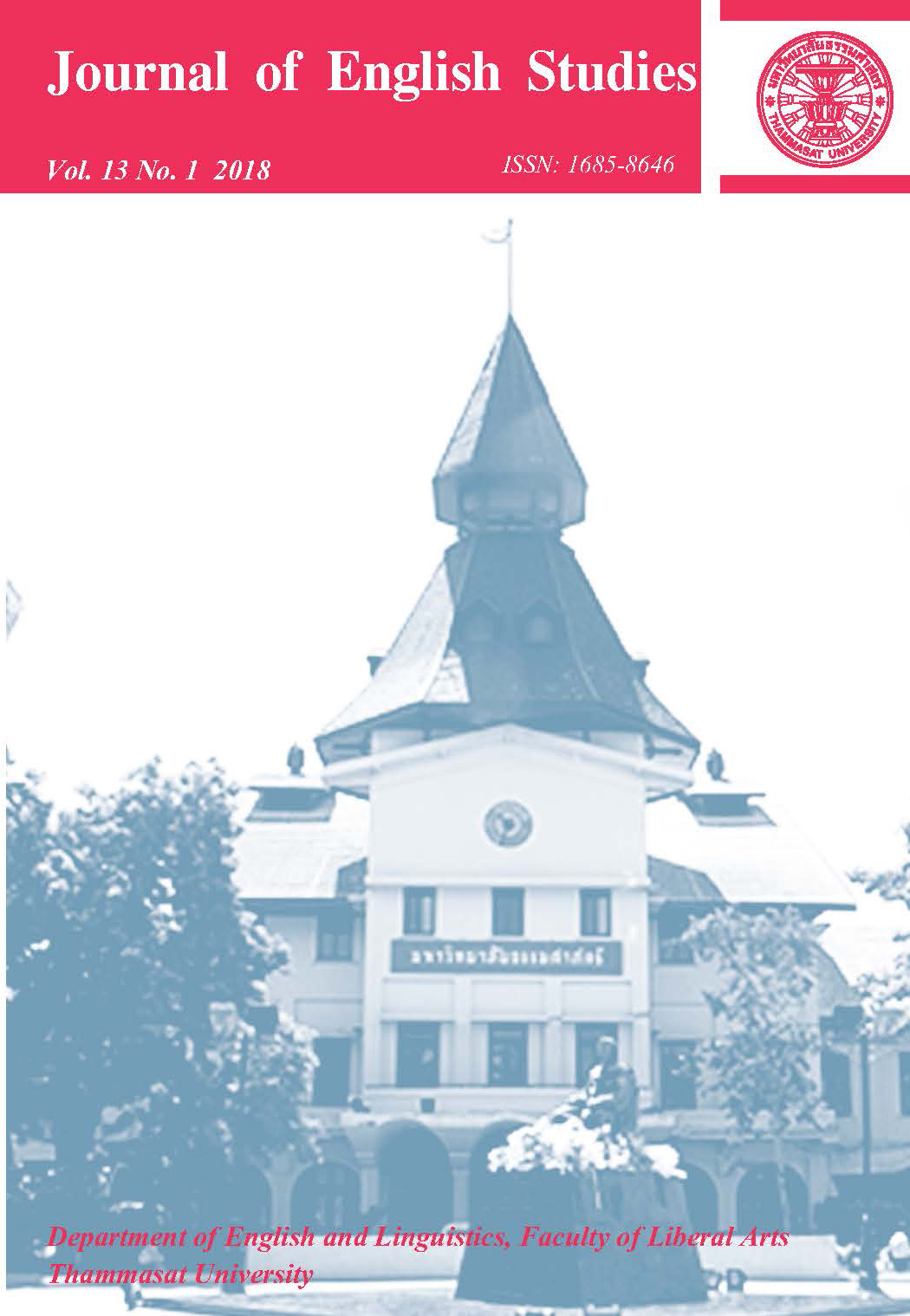Possession, Self-possession and Multiple Selves in the Writings of John Fowles
Main Article Content
Abstract
In his work, John Fowles (1926-2005) ponders questions of existential freedom. For him, the biggest obstacle to this freedom is the Cartesian paradigm of self-possession with its analytical and classifying obsessions. Fowles does not see freedom as emanating from an understanding of the self as a unity but rather as emanating from embracing the multiplicity of possible selves that each person has. In this paper, I trace these ideas through John Fowles's work, in particular The French Lieutenant’s Woman, The Collector and The Aristos. I also outline some of the intellectual influences such as Heraclitus, Sartre, Descartes and Linnaeus who he variously sympathizes with and reacts against in his writing.
Article Details
References
Descartes, R. (1968). Discourse on method and the meditations. (F. E. Sutcliffe, Trans.).
Harmondsworth, England: Penguin. (Original work published 1637)
Eliot, G. (Ed.). (1878-1880). The works of george eliot (Vols. 1-2). Edinburgh: Blackwood. (Original work published 1859)
______. (1994). Middlemarch: A study of provincial life. London: Penguin. (Original work published in 1871-1872)
Fowles, J. (1965). The collector. London: Pan. (Original work published 1963)
______. (1971). The French lieutenant’s woman. London: Panther-Granada. (Original work published 1969)
______. (1975). The Ebony Tower. London: Granada-Panther. (Original work published 1974)
______. (1977). The Magus: A revised version. London: Triad-Granada.
______. (1978). Daniel Martin. St. Albans, Herts. England: Triad-Panther.
______. (1979). The tree. Boston: Little, Brown.
______. (1981). The Aristos (Rev. ed.). London: Triad-Granada.
______. (1982). Mantissa. London: Jonathan Cape.
Halpern, D. (1971). A sort of exile in Lyme Regis. London Magazine, (pp. 34-36).
Huffaker, R. (1980). John Fowles (Twayne’s English authors series). Boston: Twayne.
Neary, J. (1982). Something and nothingness: The fiction of John Updike and John Fowles. Carbondale: Southern Illinois UP.
Paglia, C. (1991). Sexual personae: Art and decadence from Nefertiti to Emily Dickinson. London: Penguin.
Pifer, E. (1978). Introduction. In E. Pifer (Ed.), Critical essays on John Fowles (pp. 1-18).
Boston: Hall.
Sartre, J. P. (1971) Being and nothingness (7th ed.). (H. E. Barnes, Trans.). New York, NY: Citadel. (Original work published 1943)
Snow, C. P. (2001). The two cultures. London: Cambridge University Press. (Original work
published 1959)
Warnock, M. (1965). The philosophy of Sartre (Hutchinson University Library.). London: Hutchinson.
Woodcock, B. (1984). Male mythologies: John Fowles and masculinity. Brighton, Sussex: Harvester Press; Totowa, NJ: Barnes and Noble.

